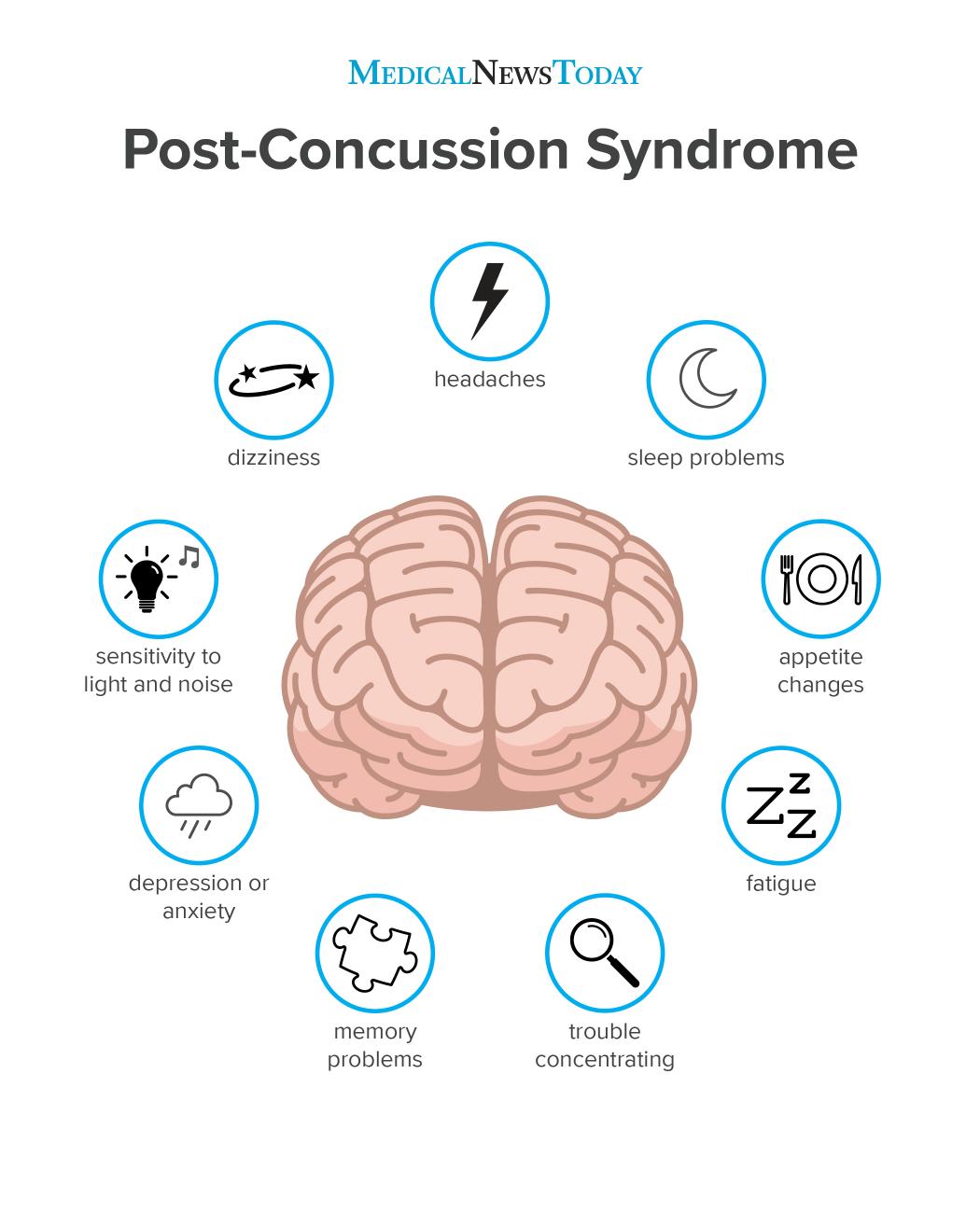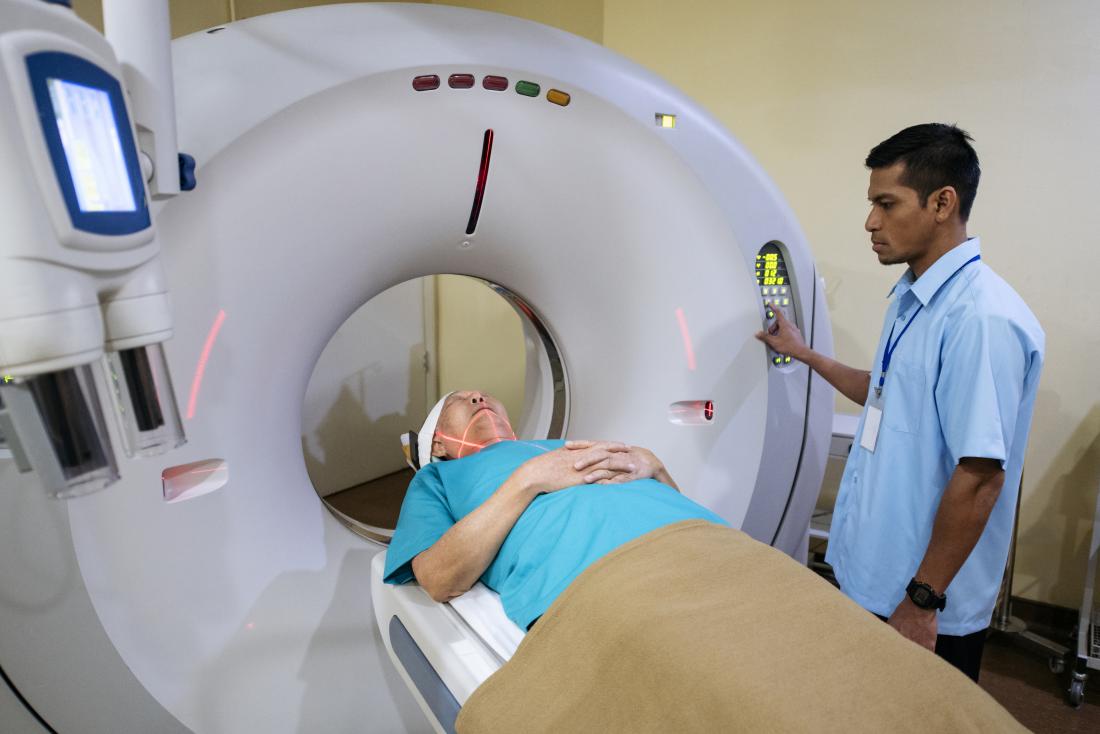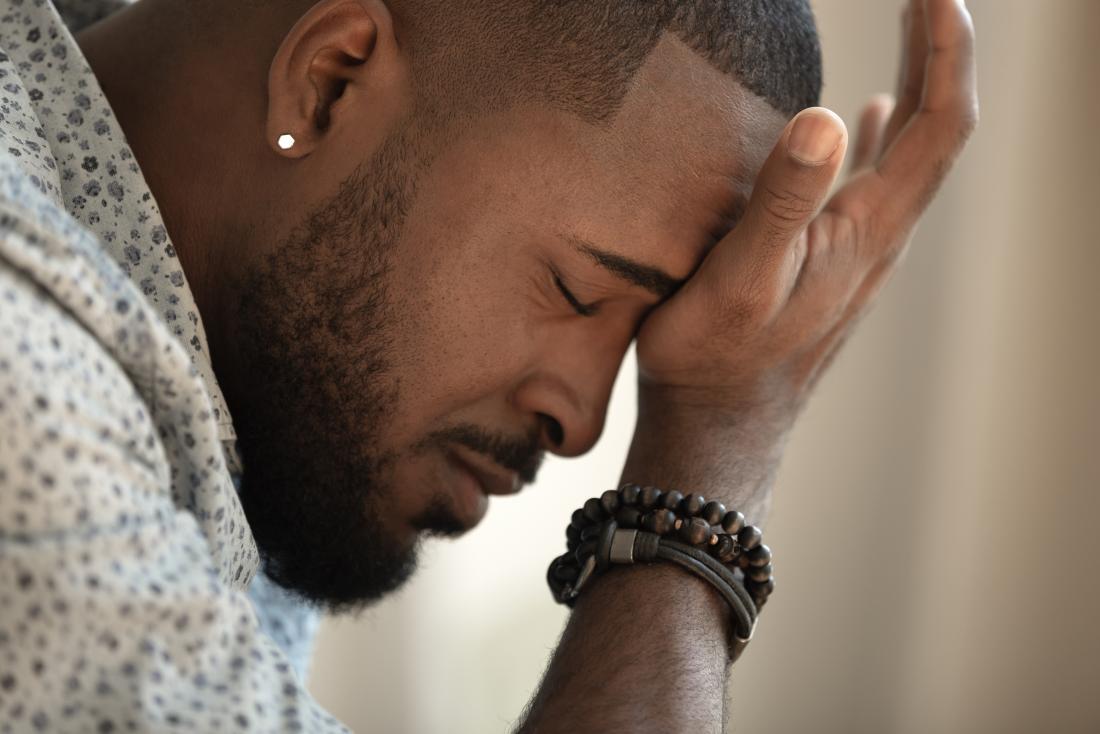PCS can last for months or years, but the symptoms improve over time, and, in most cases, people make a full recovery.
In this article, we look at the symptoms of PCS and how long they last. We also cover causes and risk factors, diagnosis, treatment options, and possible complications.
What is post-concussion syndrome?
In PCS, the symptoms of a concussion last for a long time after the initial injury.
Long term effects from a concussion are not common. After getting a concussion, the majority of people recover from the initial symptoms within 2 weeks to a month. However, approximately 20% of people will experience PCS and have symptoms that last for longer than 6 weeks.
According to some sources, concussion symptoms that affect three or more “domains” — which include emotional changes and cognitive impairment — for more than 1 or 2 months are indicative of PCS.
PCS can last for months or even years, but the symptoms do not worsen. PCS improves over time, and, in most cases, people recover from it.
Symptoms

The symptoms of PCS can include:
- headaches
- dizziness
- fatigue
- increased sensitivity to light
- increased sensitivity to noise
- irritability
- changes in emotional state, such as becoming more susceptible to stress
- depression
- anxiety
- difficulty concentrating
- memory problems
- difficulty sleeping
- increased intolerance to alcohol
- change in appetite
Many of these symptoms overlap with those of other medical conditions, such as post-traumatic stress disorder and chronic pain.
Causes and risk factors
Research suggests that the cause of PCS is damage to the white matter in the brain.
White matter is tissue in the brain comprising nerve fibers. Damage to this tissue can affect pathways between the brain and the rest of the body, which can create the range of symptoms that people experience with PCS.
Certain groups are more at risk of PCS than others, including females, older adults, and people with a history of:
- concussion
- seizures
- learning, mood, or anxiety disorders
- migraine headaches
Athletes and people serving in the military may also be more at risk of PCS because they have a higher risk of concussion or traumatic brain injury.
According to a report from the National Institute of Neurological Disorders and Stroke (NINDS), between 1.6 million and 3.8 million sports-related concussions occur in the United States each year. Athletes are also more prone to repeat concussions.
The NINDS also note that 20% of deployed military personnel sustained head injuries during the Iraq and Afghanistan wars. Among these individuals, 83% had a concussion or a mild, uncomplicated traumatic brain injury.
Multiple concussions can increase the risk of long term concussion symptoms. It is important that people rest until they are fully recovered after a head injury to allow the brain time to heal properly.
Diagnosis

A doctor may order a CT scan to diagnose PCS.
A doctor or team of healthcare professionals will diagnose PCS by assessing the person’s symptoms. Diagnosing PCS can be tricky because many of the symptoms overlap with those of other health conditions.
There are set criteria for PCS which require related symptoms in three or more categories to be present for a month or longer.
A doctor may also carry out neurological tests to check for any balance issues or cognitive changes. They may use CT scans or MRI scans to check images of the brain and rule out any other possible underlying causes.
Treatment
Treatment for PCS focuses on providing symptom relief to help a person manage the condition. Rest is one of the most important components of PCS treatment as it allows the brain to recover and heal from a concussion.
Where possible, doctors often avoid using medication to treat PCS symptoms because an injury to the head can make the brain more sensitive to drug use and possible side effects.
Doctors may advise people to wait several weeks before starting an active treatment, such as an exercise plan or another type of therapy. This delay gives the brain time to recover from the initial head injury without putting too much strain on brain cells that may still be healing.
People can try a range of different therapies that may help their recovery from PCS. For all of these therapies, a person will work with a medical professional who will monitor their progress and can adjust the treatment plan as necessary to suit them.
Vision therapy
Vision therapy uses a range of exercises to help people who have vision problems due to PCS. The exercises can help repair damage to the visual system or help the brain adapt to changes in connectivity.
Neuro-optometric rehabilitation
Neuro-optometric rehabilitation also works to target any vision problems that people may be experiencing. A treatment plan will combine the use of lenses, prisms, and filters to help stimulate parts of the brain that are not working as usual.
Balance therapy
Balance, or vestibular, therapy can help people if they are experiencing a lot of dizziness as a symptom of PCS. Exercises to encourage balance and stability can help reduce this disorienting symptom.
Physical therapy
If PCS causes physical pain in the body, physical therapy can help relieve symptoms. This therapy might include massage, gentle exercise, and heat therapy to relax the body and aid recovery.
Exertion therapy
Exertion therapy uses gentle aerobic exercise to help the body recover. People might use a pool or a piece of gym equipment, such as a treadmill, that carries minimal risk of head injury.
A medical professional will monitor the individual carefully during this therapy to make sure that they are not overdoing the exercise, which may slow down recovery.
Cognitive behavioral therapy
Cognitive behavioral therapy (CBT) may help people who have mood-related PCS symptoms, such as depression, anxiety, or mood swings.
CBT helps people become aware of negative thought patterns and behavior and provides them with practical tools to overcome these issues.
Complications

People with a history of depression or migraine may have a worse experience of PCS.
PCS can cause an increased risk of depression. If someone has a preexisting health condition, such as depression or migraine, concussion and PCS may make it worse.
If post-concussion syndrome is causing people to feel unsteady, they may be more at risk for repeated injuries. Multiple concussions can result in damage to the brain, potentially leading to depression and changes in behavior or personality.
To help prevent further injury to the head, people should avoid any activity or exercise that could result in a second concussion and complications. People who play sport should wait until they recover from symptoms before continuing.
Outlook
PCS can take time to go away, but it does get better over time. People may need to alter their daily activities or schedule to allow for more rest time.
People can work with a team of healthcare professionals to help manage their symptoms and monitor their progress. The treatment plan will be different for each individual, so people may want to try out various approaches to see what works best for them.
Post-concussion syndrome is not a degenerative disorder and, in most cases, it goes away completely in time.
